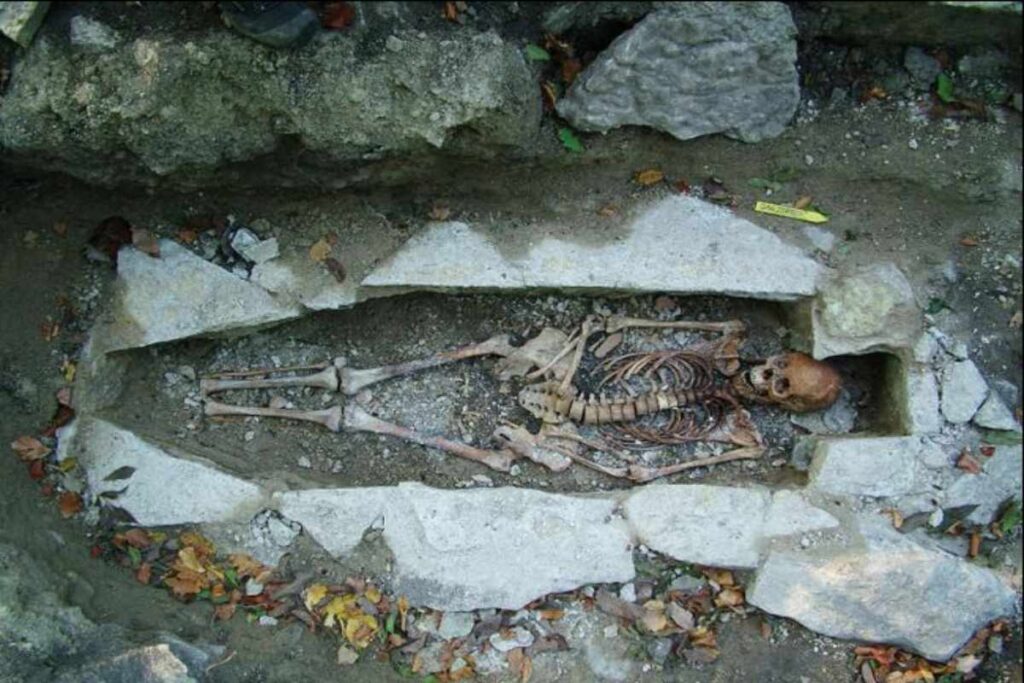The Vikings are one of the most fascinating historical subjects for most of us. From the books we’ve read, we’ve learned so much about them. But a new study has revealed that we’ve been digesting the wrong information all along.
These recent findings have shown that, from their origin and looks to their mode of operation, these seafaring warriors weren’t who we thought they were.
Who Are the Vikings?
The word “Viking” has its source in “Vikingr,” a term from Old Norse, a Scandinavian language. “Vikingr” means “pirate” or “a pirate raid,” which was abundantly reflected in their operations.
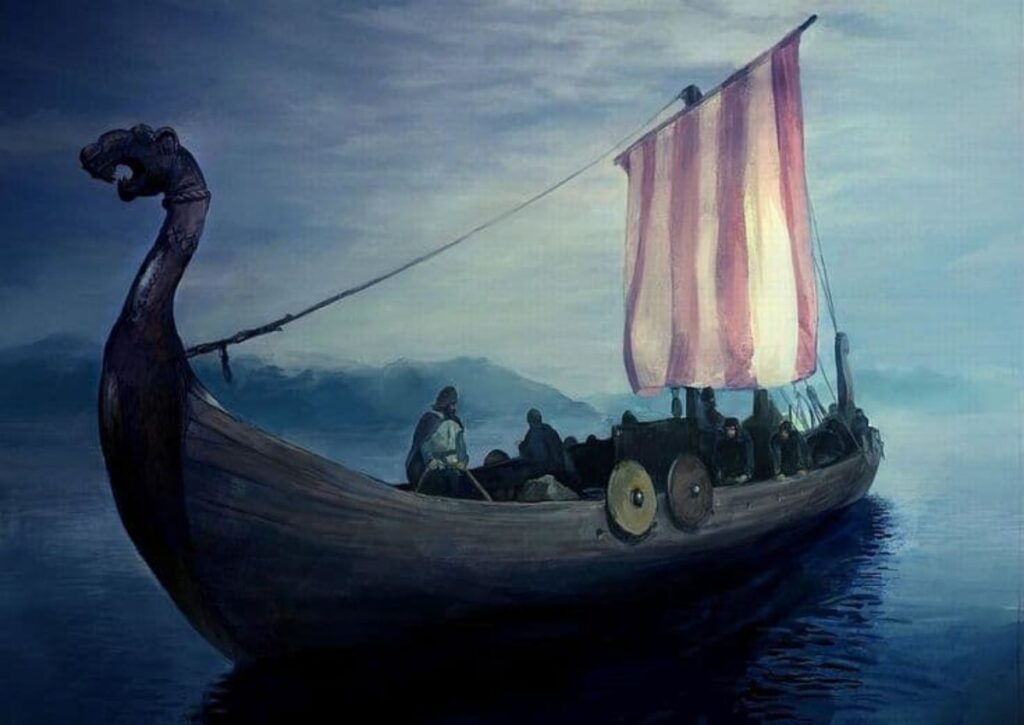
Although many people regarded them as pirates and colonizers of large parts of Europe, many Vikings were pretty peaceful settlers. These warriors held sway and gained notoriety from the 9th to 11th century.
What Fueled Their Activities?
Most Vikings’ leaders were landowners and reputable men at home, but they nursed a drive for foreign conquest. Taking advantage of their notable leadership and organizational strength, they mustered adventurous and energetic young men to venture across the continent.
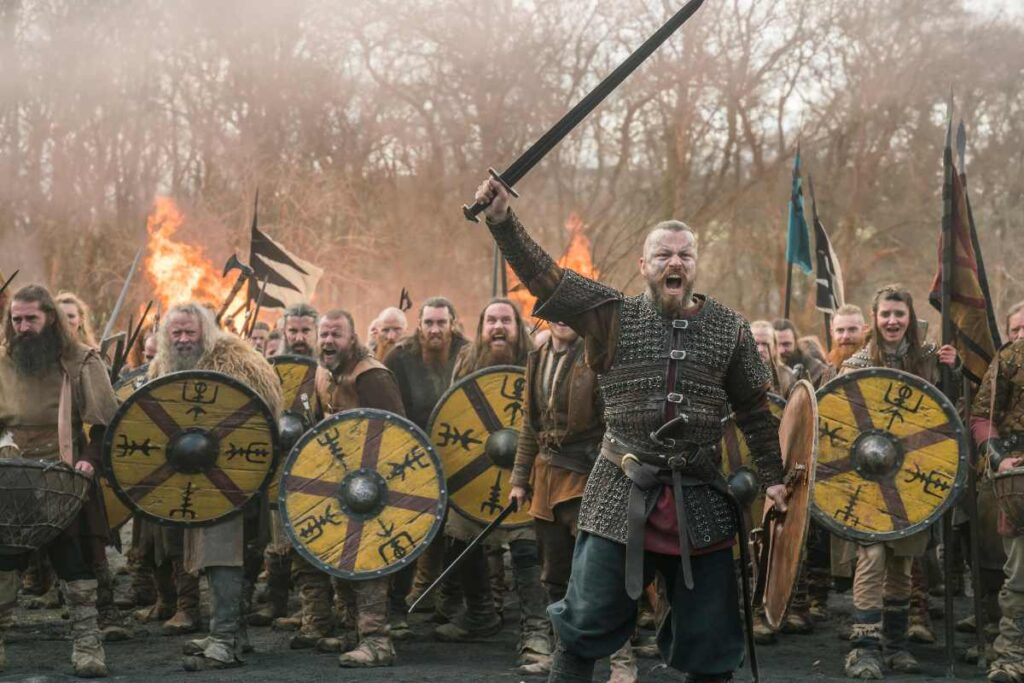
They executed bold village raids and sea pillages, amassing large bounties in the process. Many legends have flowed from their exploits, and the group has remained a research interest to date.
A Six-Year Study Unravels the Vikings
One of the groups that wanted to dig deep into the Viking legend was a team of researchers from England and Denmark. Professor Eske Wilerslev, a Danish geneticist from the University of Cambridge, led this mission.

It was painstaking and comprehensive research that lasted for six years. During this period, the researchers analyzed 442 Viking skeletons from sites in Scandinavia, the United Kingdom, and Greenland. What they found will interest you.
Vikings Were Not All Scandanavians
Stories about these groups of warriors, which schoolchildren have digested for many years, have led most, if not all, of us to believe that they all hailed from Scandinavia.
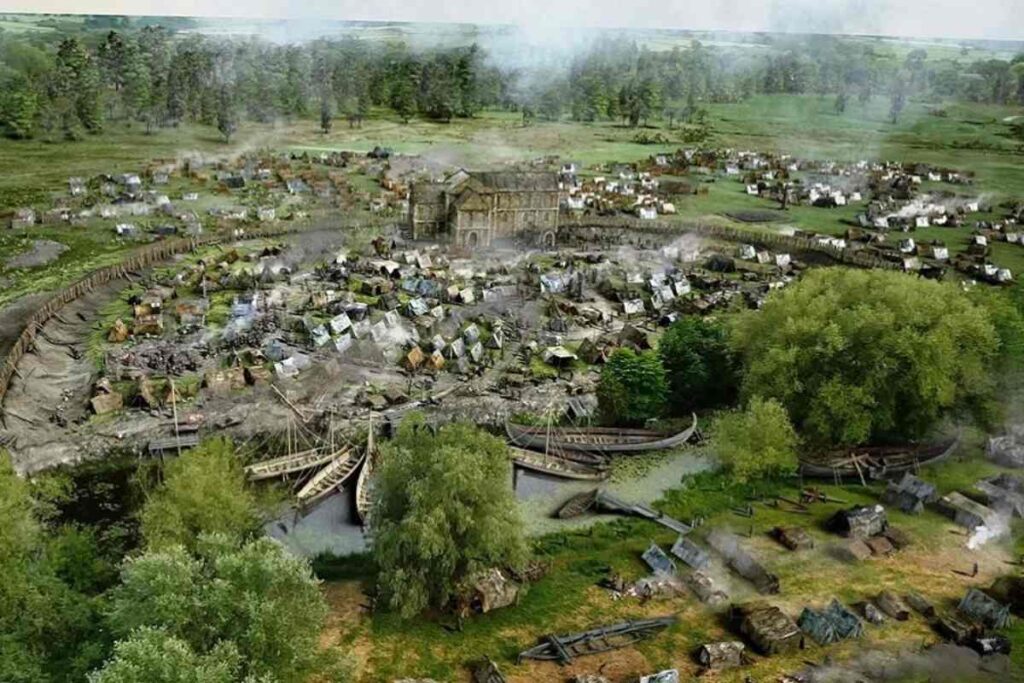
On the contrary, the research revealed that many of them originated from Asia and Southern Europe. Also, Viking burial sites in Scotland showed traces of remains that belonged to people who were not genetically Vikings.
ALSO READ: Archaeologists Discover 4000-Year-Old Vial of Ancient Red Lipstick
Scottish and Irish Vikings
Interestingly, these male skeletons from one of these burial sites in Orkney, Scotland, were buried with swords and a number of other Viking memorabilia—just as was their custom.
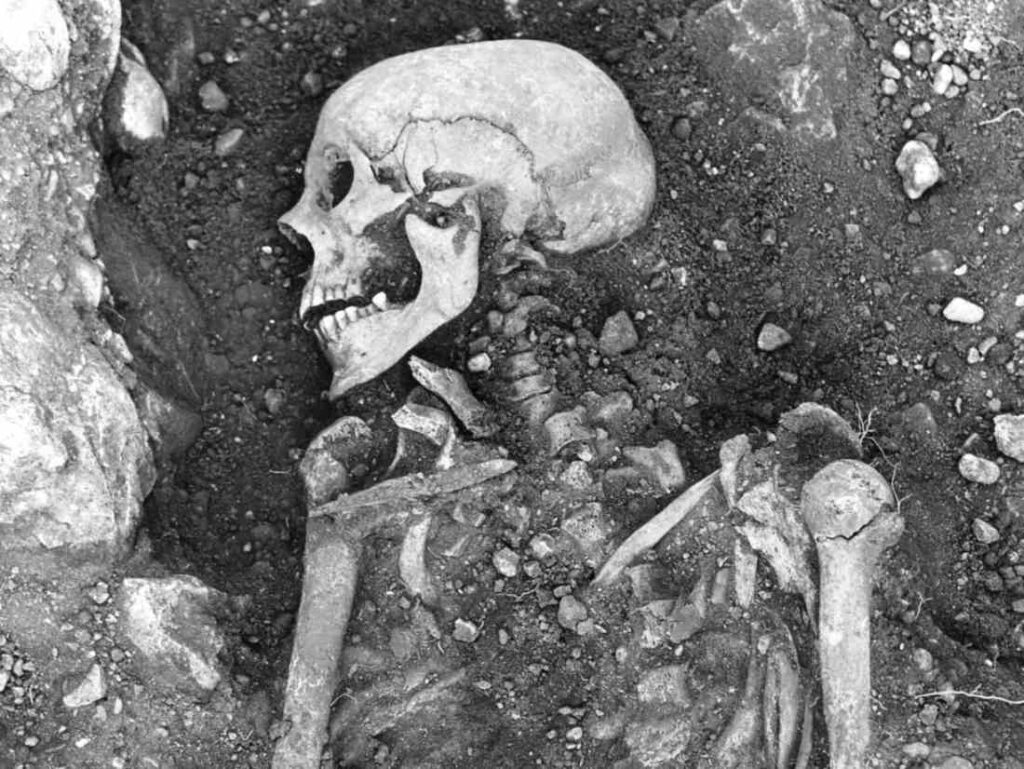
Speaking on this discovery, Willerslev revealed that “‘Viking identity’ was not limited to people with Scandinavian genetic ancestry.” He also stated that two skeletons from the Orkney graves were “genetically similar to present-day Irish and Scottish people.”
Vikings Didn’t All Have Blonde Hair
The research wasn’t done disproving Viking myths. The team also found that contrary to popular belief, Vikings didn’t all have blonde hair.
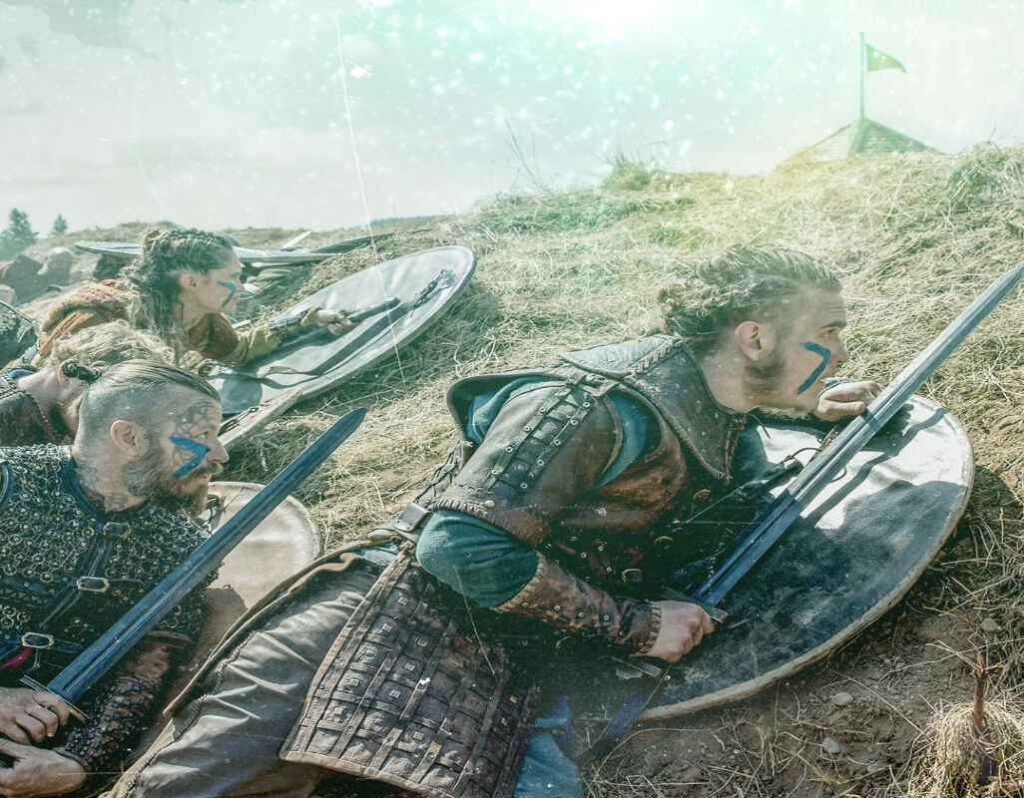
Willerslev disclosed this by saying, “We found genetic differences between different Viking populations within Scandanavia…our research even debunks the modern image of Vikings with blonde hair as many had brown hair and were influenced by genetic influence from outside Scandinavia.”
Four Brothers Died on the Same Day
Along the way, the team of researchers discovered a story that could provide a fascinating yet sorrowful twist in a future Viking movie. They found that four skeletons belonged to four brothers—Vikings who had died on the same day.
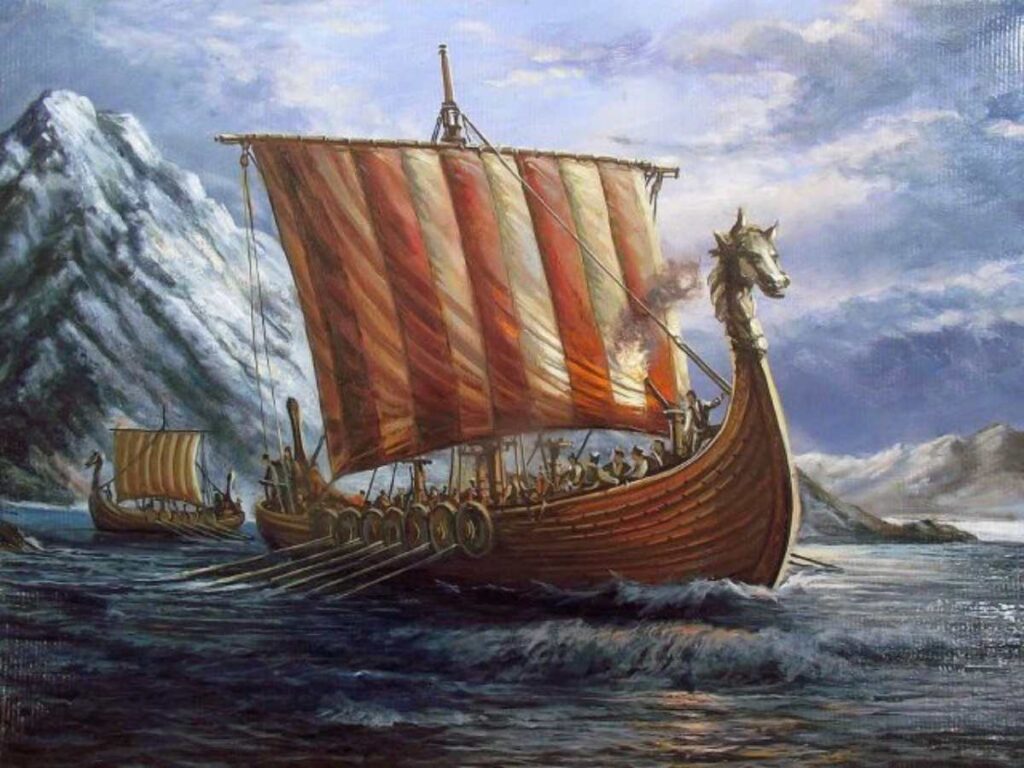
The team discovered this information by analyzing DNA remains found on the site of a Viking boat burial in Estonia.
All Vikings Didn’t Go to the Same Countries
Historical accounts show that the Vikings always moved together in carrying out their raids. However, the research findings have shown evidence to the contrary.
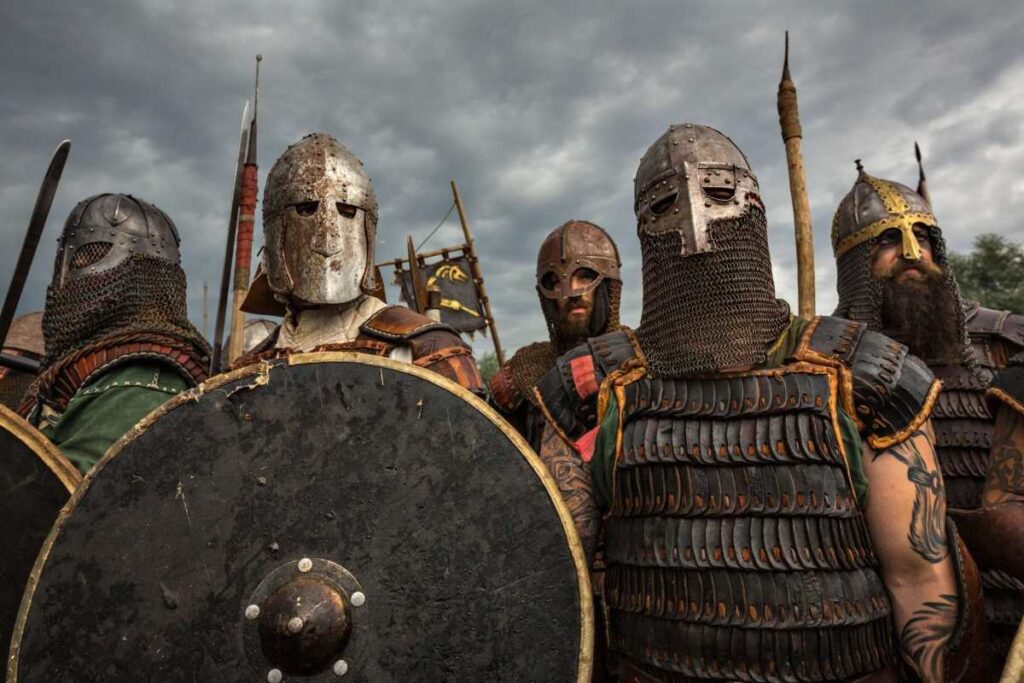
Investigations showed that Vikings went on missions depending on their native nation. For example, Vikings from Norway traveled to Ireland, Iceland, and Greenland. Those from Denmark traveled to England, while the Swedish Vikings went to the Baltic.
ALSO READ: This American Volcano Could Spell Doom for the U.S.
The Vikings Carried Out Lots of Trading
Most popular Viking stories center around their wars and raids, which they undertook as they traveled across Europe and other continents. However, fighting wasn’t their major preoccupation. They engaged in lots of commercial activities as they journeyed.
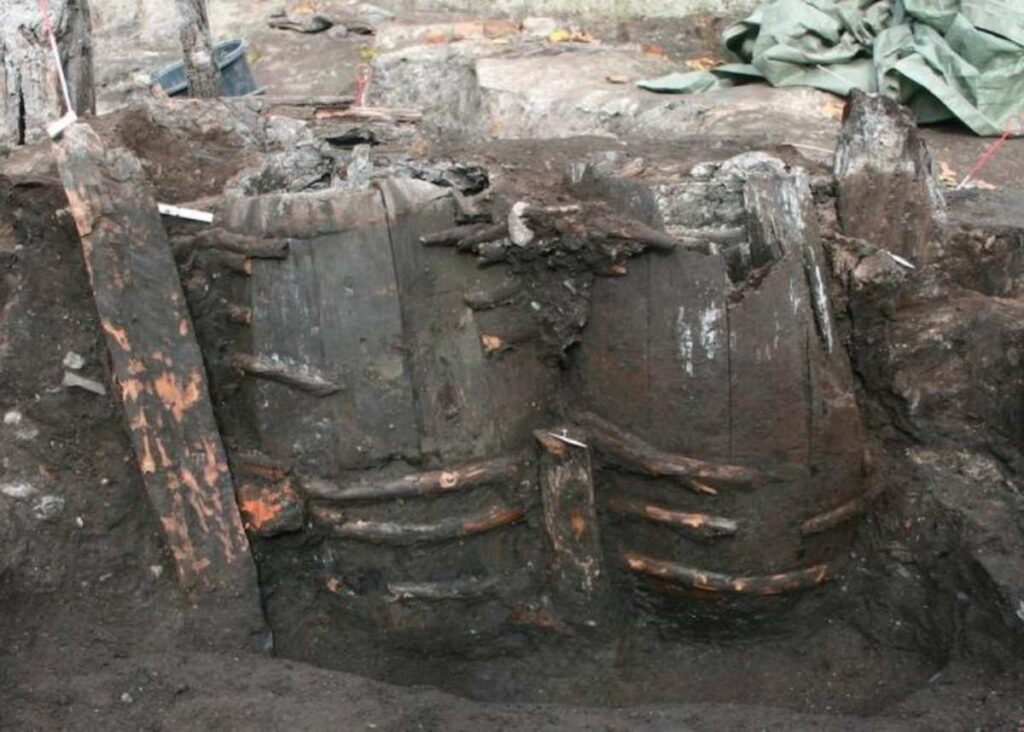
Researchers found that Vikings, who generally traveled in groups comprising family members, neighbors, and friends, traded seal fat, tusks, and fur.
The Research is a Useful Clue to Natural Selection
The researchers have made their findings public. The result of the six-year investigation was published in the journal Nature.
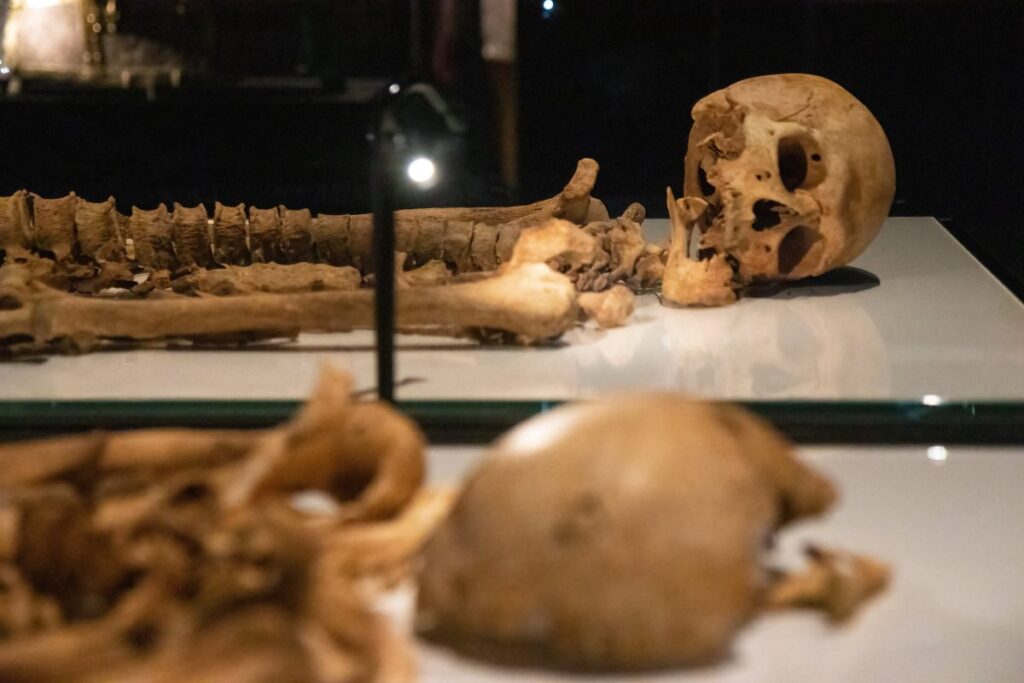
According to the lead author of the piece, Fernando Racimo, an assistant professor at the University of Copenhagen, the findings also contain relevant clues that could help unravel the subject of natural selection in the past.
The Viking Spirit Lives On
Scientists also believe that Viking descendants can be spotted among us. Racimo states that the research results will allow scientists to trace Vikings to many present-day Scandinavians. Isn’t that awesome?
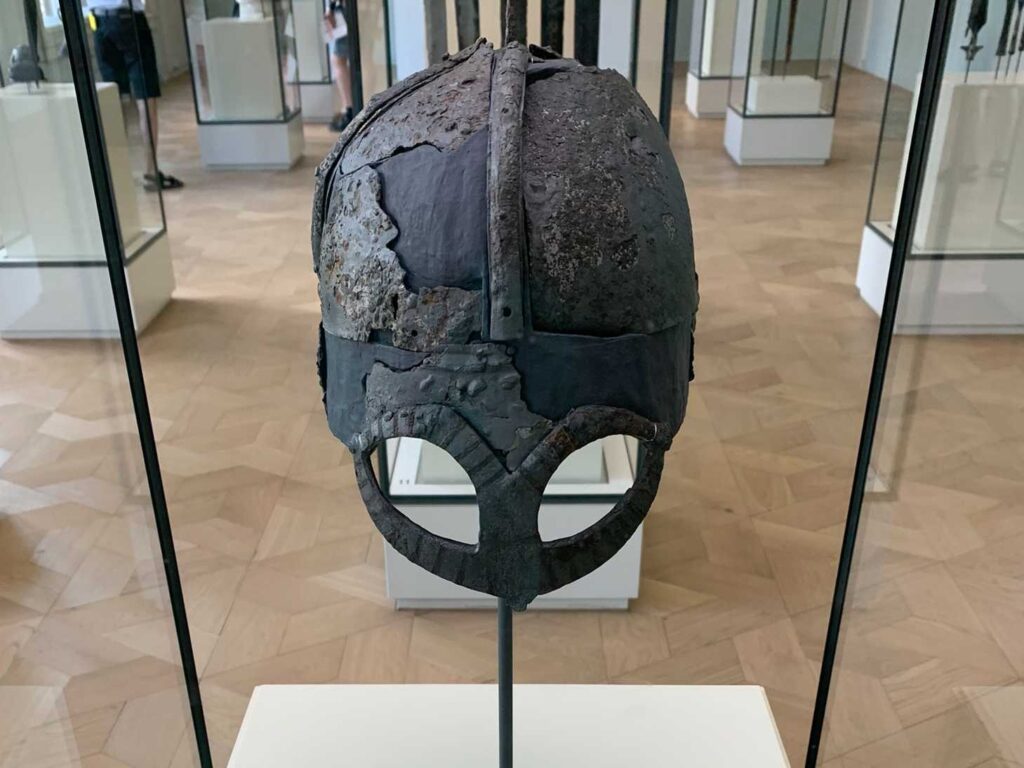
Interestingly, people with Viking blood make up 6% of the U.K. population and 10% of Swedish residents. The Viking gene lives on even as their legend continues to inspire generations.
You Might Also Read:
Elon Musk Accuses Kamala Harris of Lying About Trump’s Stance on Abortion Ban
Hunter Biden Requests a New Trial in His Federal Gun Case
These Animals Used to Roam the Earth
Shereè Whitfield Says “RHOA” Is Sinking After Kenya Moore’s Exit
Jenny Mollen Reveals She Didn’t Watch “American Pie” Before Marrying Her Husband
